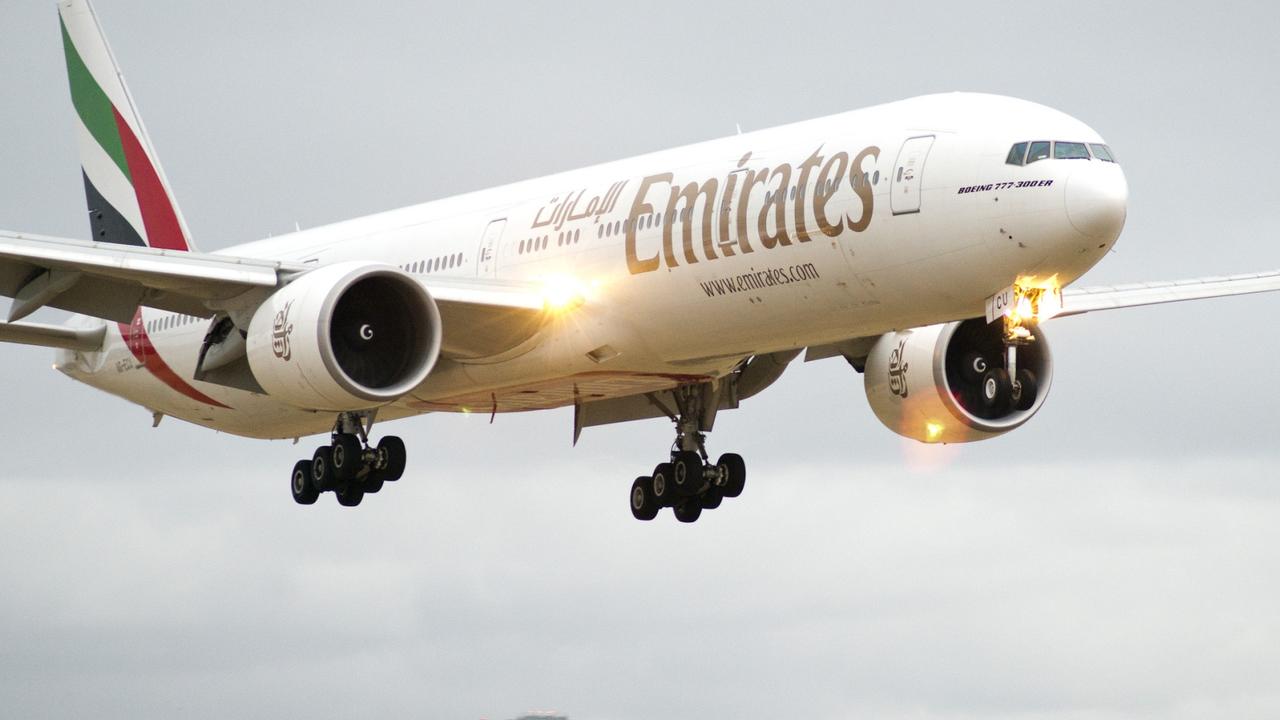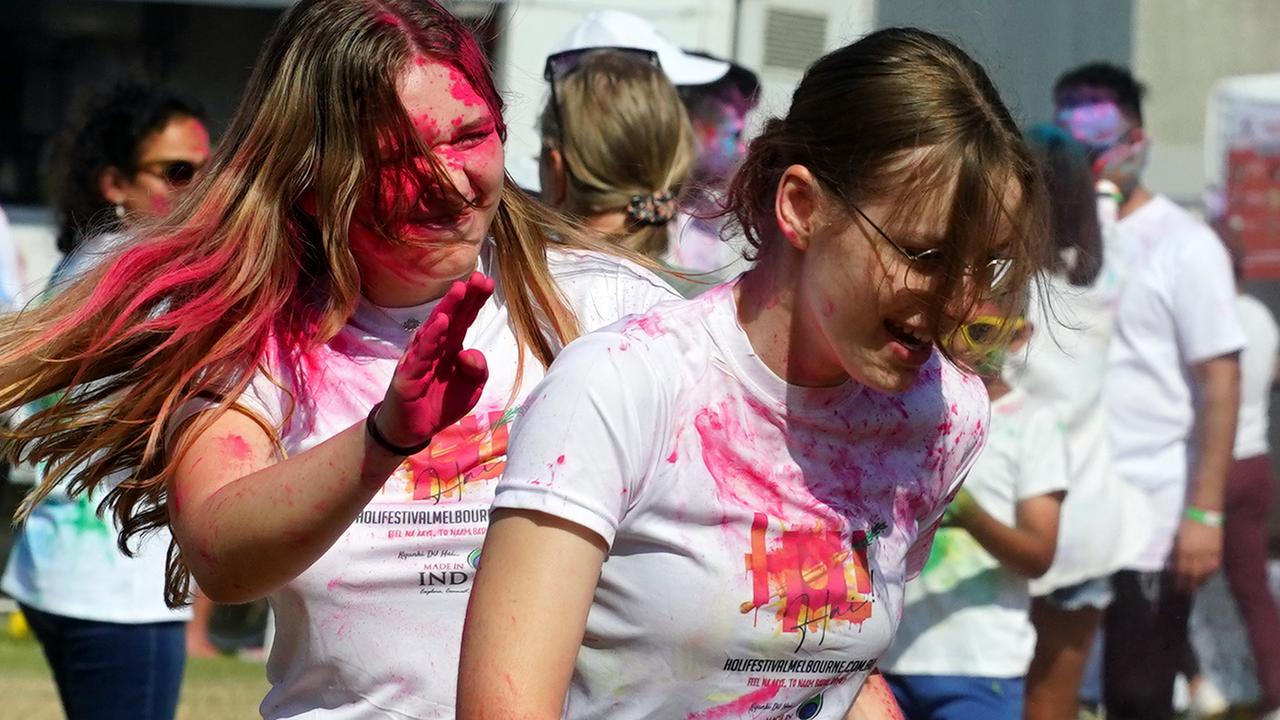Virgin Australia CEO reveals how much you’ll have to pay to fly again
The CEO of Virgin Australia has revealed when he thinks we’ll be flying overseas, what that will look like and, importantly, how much it will cost us.
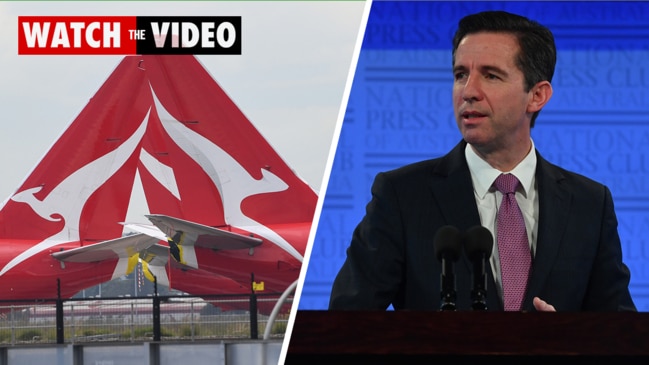
The boss of Virgin Australia has revealed when he thinks we’ll be flying overseas again — and how COVID-19 has impacted airfares — as he reflected on his biggest regret from the airline’s horror year.
As the company emerges from its near-collapse amid the pandemic, its chief executive Paul Scurrah said he expected Australians’ return to international skies will be a gradual affair, with key destinations like Europe still some months away.
“It’s really hard to know exactly when it’s going to be,” Mr Scurrah said at a Yahoo Finance All Market Summit on Thursday.
RELATED: Follow the latest coronavirus updates
RELATED: New hope for Aussies stranded overseas
“It’s really a market-by-market assessment, it’s not a blanket approach. I think you’re going to see markets like New Zealand open up far sooner than the USA, for example, and this is the time between now and the vaccine, when that vaccine actually becomes effective to stop the spread of the virus.”
Mr Scurrah said COVID-19 had driven up the cost of airfares but there could be good news ahead for budget travellers.
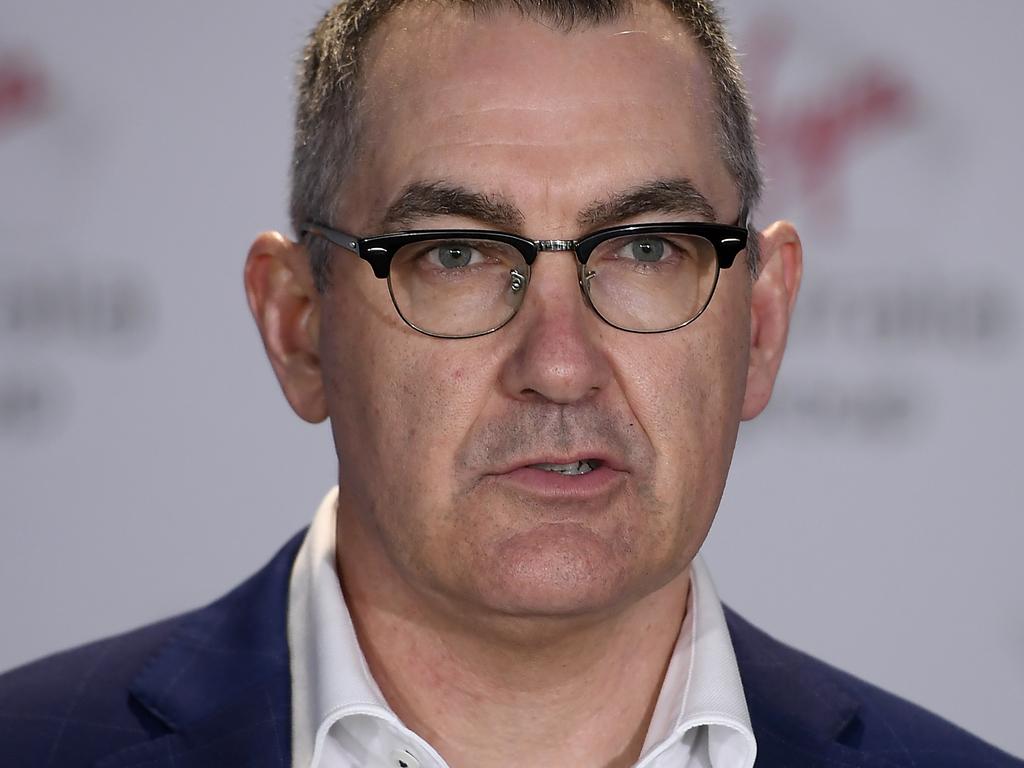
“There’s a number of restrictions on operating airlines today, that really cap the amount of people you can take in the plane, so it changes the economics completely of having to operate the plane. Some of them are underwritten by the government but there are still some pretty big airfares,” he said.
“When the skies do open up again there’s going to be a need to stimulate demand and you will see some competitive airfares when it is safe to travel,” he said. “For Ireland (for example) you’d probably get something like $1500, $2000 return.”
Virgin Australia has previously flagged it would focus on domestic and short-haul international routes as it rebuilds as a “value” airline under new owner Bain Capital.
Last month the airline announced it would axe 3000 staff, cull its low cost subsidiary, Tigerair Australia, and transition to a 737-only fleet as it recovered from its near-collapse.
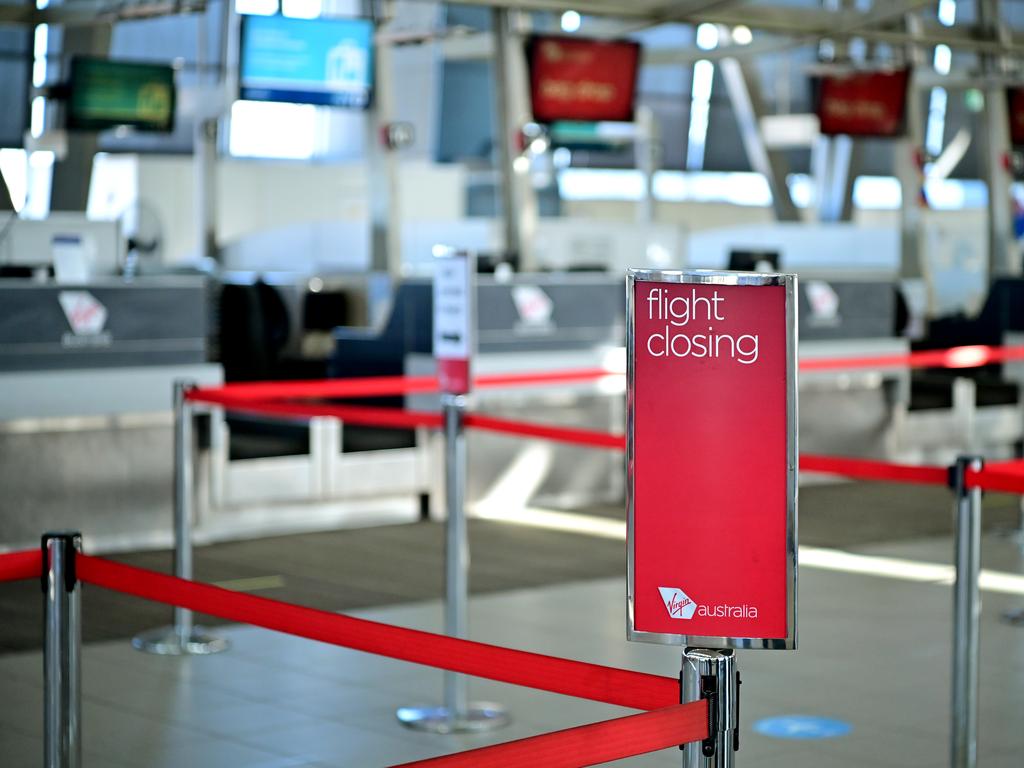
Mr Scurrah said the impact on staff had been the biggest challenge through the company’s horror year, and how it handled redundancies was his main regret.
“I probably would have got to them quicker,” he said. “Uncertainty is a major cause of stress and anxiety. I think we felt we were trying to preserve some hope for (staff) but I think we took too long to get to the point of execution.
RELATED: What reborn Virgin Australia will look like
“Hindsight is a wonderful thing … and if I could do something differently I would have tried to get to that a little quicker to give that certainty more soon.”
Mr Scurrah also revealed the moment he realised the COVID-19 pandemic was going to change the company forever.
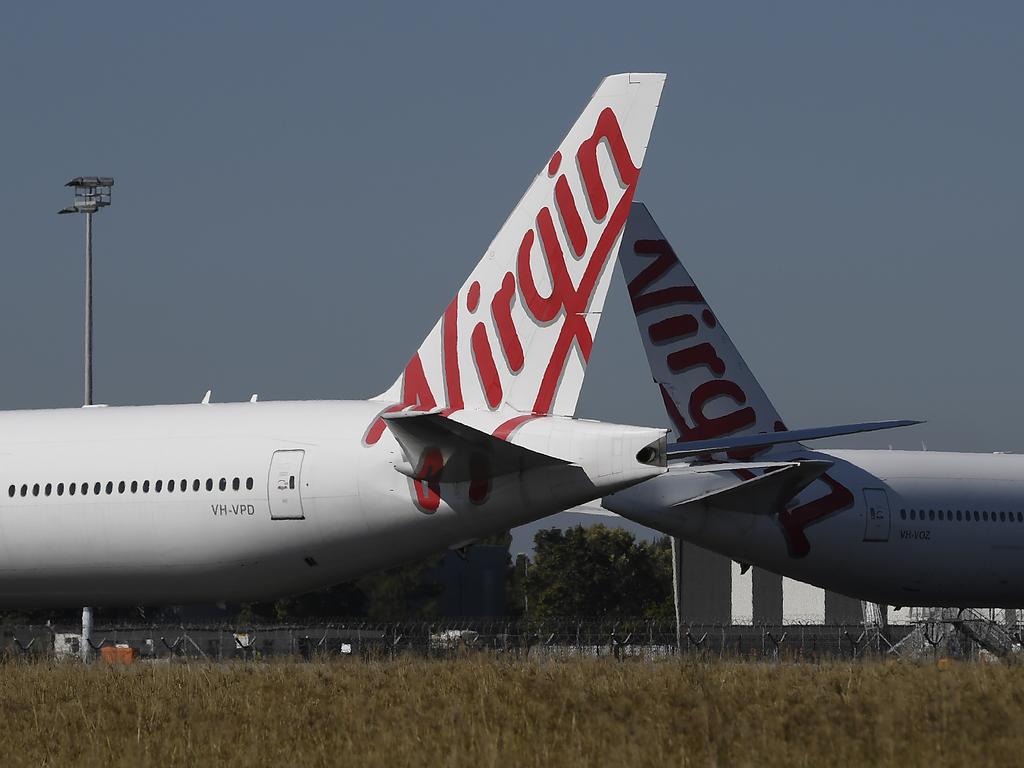
He said it was in mid-March, after New Zealand Prime Minister Jacinda Ardern announced she would shut the country’s international borders.
“Up to that point, we thought we were not immune but somewhat insulated (from the pandemic) due to the domestic nature of our business and the fact that we thought that flying throughout Australia would hold up fairly well,”
“But when that happened, we saw a lot of corporate customers make risk-based policy decisions not to travel, and then we saw our Prime Minister follow the New Zealand Prime Minister and recommend that domestic travel should only occur if absolutely essential.
“At that point in time we virtually grounded our airline and I knew it was going to be a struggle to keep us out of administration.”


